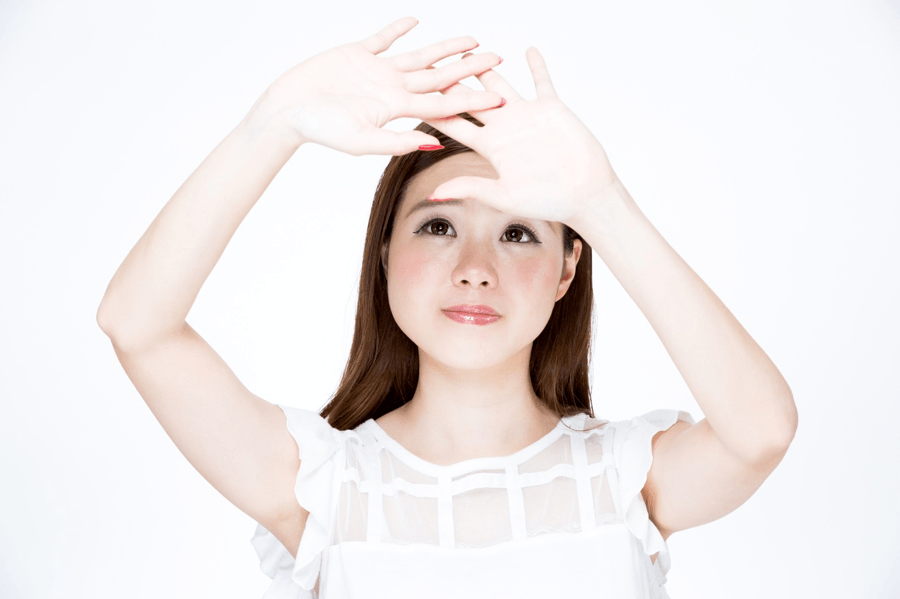All About Dermaplaning
Share This Story, Choose Your Platform!
 Dermaplaning is a professional, non-invasive exfoliating treatment that removes dulling dead skin cells and peach fuzz (technically known as vellus hair) from the complexion. It safely and gently brightens the skin, improves the application and appearance of makeup, and enhances the performance of other treatments and products. It’s painless, affordable, involves no downtime, and delivers instant and striking results.
Dermaplaning is a professional, non-invasive exfoliating treatment that removes dulling dead skin cells and peach fuzz (technically known as vellus hair) from the complexion. It safely and gently brightens the skin, improves the application and appearance of makeup, and enhances the performance of other treatments and products. It’s painless, affordable, involves no downtime, and delivers instant and striking results.
During a dermaplaning treatment, our nurse practitioner Ashley Pontenberg uses a sterile surgical-grade blade to carefully remove the outermost layer of the skin. In addition to this layer of old, dulling skin cells, vellus hair is removed. The result is smooth, bright, skin with a renewed radiance and glow. You’ll feel no pain and see an immediate improvement in the texture and tone of your skin.

Movie stars and models rely on dermaplaning to give them confidence in front of high definition cameras (that would otherwise show even the slightest bit of facial fuzz). The treatment is also great for reducing the appearance of sun damage, fine lines, dry, and flaky skin. It’s even been reported to improve the look of acne scarring or hyperpigmentation.
A dermaplaning session takes around forty minutes on average, and at most you’ll have a bit of temporary redness. You can have dermaplaning done on your lunch break or the day before a big event because there is no downtime or recovery period.
While dermaplaning is often a standalone procedure, it works well to prep the skin for other rejuvenating treatments such as chemical peels, oxygen facials, microneedling and more. Be sure to ask Ashley what she recommends for your specific concerns.

Why exfoliation is important:
In case you’re not already aware of the benefits of exfoliation, here are just a few:
- Exfoliation triggers fresh new skin cells to regenerate. As we age our cells begin to turnover at a slower rate. Our skin needs a little help to keep it from looking drab and rough. Leaving old skin cells hanging around too long just isn’t a good look.
- Skincare products become more effective. With professional exfoliation like dermaplaning, a whole layer of dead skin cells is removed (up to three weeks’ worth), so anything you put on your face afterward will penetrate better and travel deeper into the skin. This means the active ingredients can get to where they have the most benefit.
- A buildup of dead skin cells can clog pores, leading to blemishes. As if blemishes aren’t bad enough, some of them can lead to scarring.
- Dull, flaky skin and peach fuzz can ruin the look of even the most expensive foundation and setting powders. You’ll be amazed at how beautiful your makeup looks (and the ease with which it blends) after a dermaplaning treatment.

It’s a good idea to exfoliate at home a few times a week to keep your skin in tip-top shape, but at-home exfoliation alone won’t give you the results achievable with dermaplaning. A professional like Ashley has the tools and training to remove more skin cells than can safely be done at home, plus you have the added benefit of the removal of vellus hair.
Won’t my hair grow back thicker?
There’s an old wives’ tale that claims that removing hair causes it to grow back thicker or darker. There’s NO truth to this rumor whatsoever. What you may notice is that your peach fuzz feels a bit different as it comes in. The very fine tip of the hair is now blunt due to the way it was removed. (Also, if it’s your first time having a dermaplaning treatment, feeling this hair grow back isn’t something you’re used to either.) Rest assured, your hair will have the same texture and grow at the same rate it did before.
Aftercare for dermaplaning
Sunscreen is something you should be wearing every single day (especially if you’re conscientious about your skin)! But, after a dermaplaning treatment, you’ll be especially susceptible to sun damage. Just as your skincare will soak in better, so will the sun’s damaging rays. What’s the point of revealing glowing, baby soft skin only to let it get spoiled by the sun anyway?

You’ll want to avoid any harsh or abrasive cleansers (there’s no need to exfoliate right away, after all). Your skin may feel a bit more sensitive than usual. It could also seem a little dry for a day or two after treatment.
You can return to your usual activities right away (accompanied by your not-so-usual glow).
The treatment can be repeated every 4-6 weeks depending on your skin’s tolerance. Different skin types are either more sensitive or more resilient, and we each have our own unique rate of cell turnover. Ashley will make an evaluation as to how often you can receive treatment.
Who is not a candidate for dermaplaning?
There are a handful of skin types/conditions for which dermaplaning is inappropriate.
These are:
- Skin that has active acne breakouts
- Skin that is very sensitive
- Skin that suffers from eczema, rosacea or psoriasis
- Skin of women with excessive facial hair growth due to hirsutism (a hormonal imbalance)
- Skin with vascular lesions
Ultimately, Ashley will determine whether or not you’re a good candidate. Contact Artistik Beauty to be sure. If dermaplaning isn’t for you, there are likely other treatments that are right for your concerns.
Call, text, or email Artistik Beauty to make your dermaplaning appointment today!
